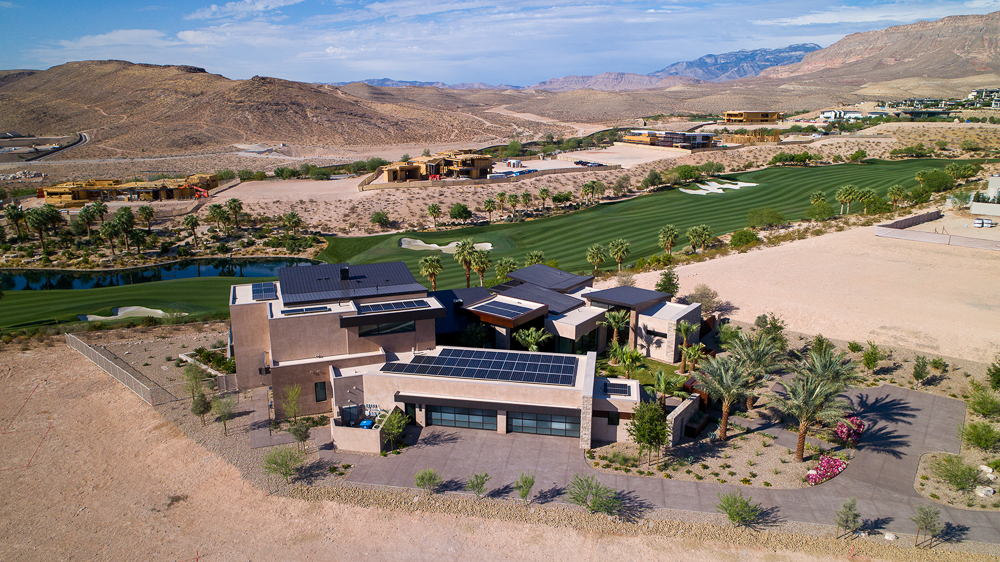A growing topic of discussion among high quality custom home builders in recent years has been resilience. Custom homes designed and built for resilience will weather all but the most extreme environmental conditions and will remain livable during power outages. They offer homeowners true shelter and peace of mind.
The most obvious natural events are those that make the news— hurricanes, tornadoes, floods, earthquakes and wildfires. Codes and builders have done a good job addressing these threats.
Homes likely to see earthquakes or hurricanes get extra structural reinforcement. Those in Tornado Alley can be outfitted with safe rooms. In wildfire-prone regions, builders can use noncombustible exterior materials. Structures in flood zones can be raised higher off the ground.
But what about the power outages that often follow such events, like the February 2021 outage that put 4.6 million homes and businesses’ in Texas in the dark when extreme cold froze the grid. Or 2020’s rolling California blackouts, caused by extreme heat and high use of air conditioning. Or Hurricane Ian, which left many southwest Floridians without power for weeks in 2022.
These are just a few of many examples, and every area is at risk. In fact, the North American Electric Reliability Corporation warned in May 2022 that outages would become more frequent across the US, especially during summer. Reasons include an aging power grid and declining generating capacity.
For all these reasons, resilience in the face of natural events and power outages has been gaining attention among custom home builders and owners.
Owners of resilient homes enjoy real benefits. For instance, at least one coastal Florida town reported little structural damage from Ian, despite the eye of the storm passing over it. Most of the homes had been built to the new code. In the aftermath of most wildfires or earthquakes, there are examples of homes left standing.
And in each of the above-mentioned power outages, some new, high-performance homes—those with excellent insulation and good air sealing—stayed comfortable for days, regardless of outside temperatures.
If the high quality custom home includes an alternative energy system like solar panels and a battery, it can even support family life during extended outages. A modest solar array can keep a few lights on, while powering the refrigerator and the furnace or heat pump for several hours per day.
Although resilience is getting more attention than ever, it’s something custom home professional builders have been providing for a long time. At the core of a resilient home are well-established sustainable design features that are already built into high-performance homes.
Regardless of whether the climate is hot or cold, a well-insulated home should stay in a comfortable temperature range for several days without power. Resilience also includes a near-obsessive level of waterproofing—a wet and moldy house isn’t one people will want to shelter in. Waterproofing specifications constantly evolve and improve, and a custom builder’s continuing education includes keeping up with these developments.
But what about cost? Making a home resilient doesn’t have to inflate the budget, but the home needs to be carefully designed, engineered and cost-optimized. Fortunately, these have always been priorities with good custom builders.



